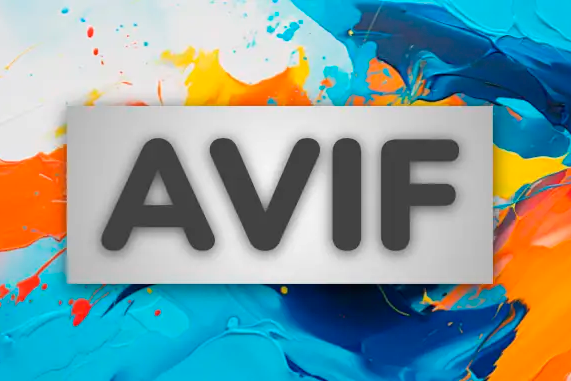In the ever-evolving world of digital imagery, the quest for more efficient, higher-quality formats is perpetual. One of the latest entrants in this field is the AVIF format, an image file format that promises a new era of visual clarity and efficiency. As the editorial team of Manualzz, a vast repository of device manuals, we are constantly exploring ways to enhance the user experience, and the AVIF format has caught our attention. In this article, we delve into the origins, benefits, and drawbacks of the AVIF format, and consider its potential implementation on the Manualzz project.
The Genesis of AVIF
AVIF, which stands for AV1 Image File Format, is a relatively new image format derived from the AV1 video codec. Developed by the Alliance for Open Media, a consortium that includes tech giants like Google, Mozilla, and Netflix, the AV1 codec was designed to be a high-performance, royalty-free video standard. Building on this, the AVIF format aims to leverage the compression capabilities of AV1 for still images, providing a competitive alternative to established formats like JPEG, PNG, and WebP.
Pros of AVIF
- Superior Compression: AVIF offers remarkable compression efficiency, enabling smaller file sizes without sacrificing image quality. This means faster loading times for web pages and less storage space required for the same quantity of images.
- High-Quality Images: Thanks to its advanced compression algorithm, AVIF retains excellent image details and supports a wide color gamut, HDR, and transparency, making it ideal for a variety of digital media applications.
- Royalty-Free: Like its AV1 predecessor, AVIF is open-source and royalty-free, reducing the barriers to adoption and encouraging widespread use across platforms and applications.
Cons of AVIF
- Limited Support: Being a relatively new format, AVIF is not yet universally supported across all web browsers and image editing software, although this is gradually changing as more platforms recognize its benefits.
- Processing Power: The advanced compression techniques of AVIF can require more processing power for encoding and decoding, which might be a consideration for devices with limited resources.
- Adoption Rate: As with any new format, there’s a transitional period where both content creators and users adjust to the new standard. The adoption rate of AVIF will depend on how quickly it is integrated into tools, browsers, and platforms that people use daily.
Manualzz and the AVIF Format
At Manualzz, we house tens of millions of raster images, from device manuals to instructional diagrams. The potential benefits of transitioning to the AVIF format, such as reduced storage requirements and faster page load times, are incredibly appealing. However, we are also mindful of the challenges, including the current landscape of browser and tool support, and the computational demands of processing AVIF images.
As we contemplate integrating the AVIF format into our repository, our primary goal remains to enhance the user experience without compromising on image quality or accessibility. The decision to transition to AVIF will be carefully considered, taking into account the evolving support for the format and the needs of our vast user base.
In conclusion, the AVIF format represents a significant step forward in image compression and quality. As we move towards more visually-driven communications, formats like AVIF are pivotal in balancing quality, efficiency, and accessibility. The Manualzz team is excited about the possibilities that AVIF brings to the table and is actively evaluating the practicality of adopting this modern format to better serve our users.

Leave a Reply